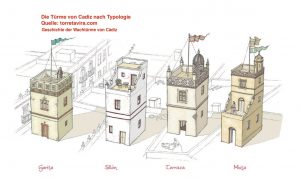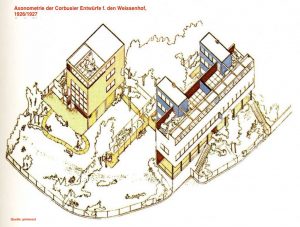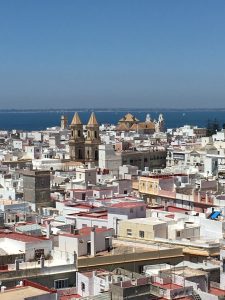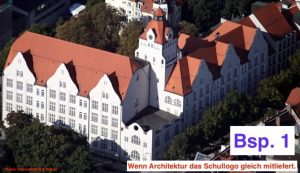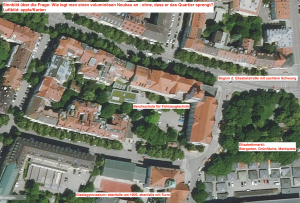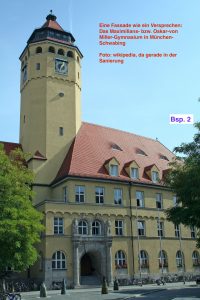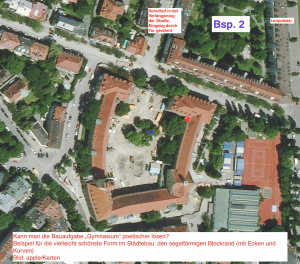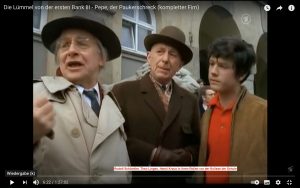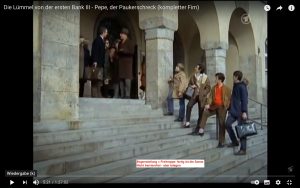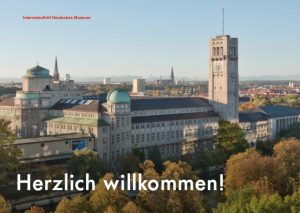I travelled to Andalusia with my wife in 2018. The south of Spain is a marvellous destination - but the city of Cadiz is particularly worth a visit because it is located on an island off the Atlantic coast. In the old town there is a "camera obscura", a hole in the roof through which daylight is projected onto a table via a mirror. The construction there dates back to our own day, but for people of the Renaissance such a device must have looked bizarre, like an alien: You stand there in a dark room and look at an illuminated table. You can see the people on the street outside. They walk through the picture in real time. If you place a folded sheet of paper on the projection surface, they run up and down like ants. Of course, the people outside don't notice a thing. A spooky spectacle! You can well imagine that such an apparatus would have scared the hell out of a Renaissance man - and probably not only peasant boys, but also cardinals and scientists. In a world two hundred years before the daguerreotype, this kind of thing was witchcraft and the devil's work!
The table not only shows people, but also the roofs of Cadiz, the ancient city that is probably the oldest in Spain. Its roofs are flat and inhabited. Many of them also have a tower. These don't look the way Central Europeans would imagine them. They look more like a chair-like plateau that you can climb with a ladder to see the sea. They date from the seventeenth and eighteenth centuries. Many of the houses were occupied by merchants who waited for the next trading ships. When they finally arrived, they didn't want to be too late for the harbour. Inhabited flat roofs with sun terraces existed long before Le Corbusier formulated his vision of a new architecture. Today, Cadiz advertises itself with over one hundred towers.
Building high has always been a privilege. It is always an expression of what a society holds dear: commerce, religion, television or the fire brigade.
For me, the tower is a unique element of architecture - nothing can really compare with it. It is the only architectural motif that has made it onto the chessboard. All the other pieces are made of flesh and blood. Yet the rook is not a static piece. Experienced chess players know what immense pressure rooks build up once the board clears. The rook is therefore as unique in architecture as the horse is in the animal world. Unfortunately, both elements are rare in the modern city.
When I walk through Schwabing with my daughter today, I see that she differentiates between houses without towers and houses with towers. For her, towers are the places where the "Bim bam" lives. It has to be said that she is two. It's amazing to me what attraction towers have for her. "Bim bams" live in all tin towers, they live on every bay window bonnet and above every onion motif. That got me thinking.
I would now like to show you three buildings from Munich that have three things in common: They serve an educational purpose, they were all built around 1905 and they all have a tower.
- Example - The vocational school for automotive engineering, Elisabethplatz (see picture)
Can a school even have a bad reputation if it is located in such a building?
There is hardly a better way to cast the terms "class community" or "endeavour" in architecture. The search for a "school logo" must at least have been very short. For me, Elisabethmarkt as an ensemble is a lesson in what we call urban planning.
- Example - Oskar-von-Miller-Gymnasium or Maximiliansgymnasium (see picture)
For me, the idea of building a tower at a school is so spectacular because it emphasises the value of school and education. The tower has its function: every schoolchild walks towards a tower in the morning. A clock is emblazoned on it, reminding them to be punctual, and the goal of the journey becomes clear: education!
Incidentally, the building of the double grammar school has been the location for several film and television shoots. Directors probably also saw something in the building that was more than the sum of its funding. One of these directors was Harald Reinl (keyword: Winnetou). He filmed the school comedy "Die Lümmel von der ersten Bank - Teil 3" in the grammar school. The cast included: Hansi Kraus (no relation), Theo Lingen, Uschi Glas, Hannelore Elsner, Hans Clarin, Rudolf Schündler and many more. (Here is the film: https://www.youtube.com/watch?v=JVS4OsWdYBY)
For me, these two examples are shining examples of school construction.
- Example - The German museum, which needs no explanation.
These three buildings were chosen because they were built at the same time as Albert Einstein's special theory of relativity, at a time when the Germans were winning around one in four Nobel Prizes. This also had something to do with the design of the educational buildings. The towers uphold research and education, because quality only comes from personality. And those who have the courage to build towers on their teaching buildings give their students a vision.
14.3.21
First published on Facebook
Pictures:

